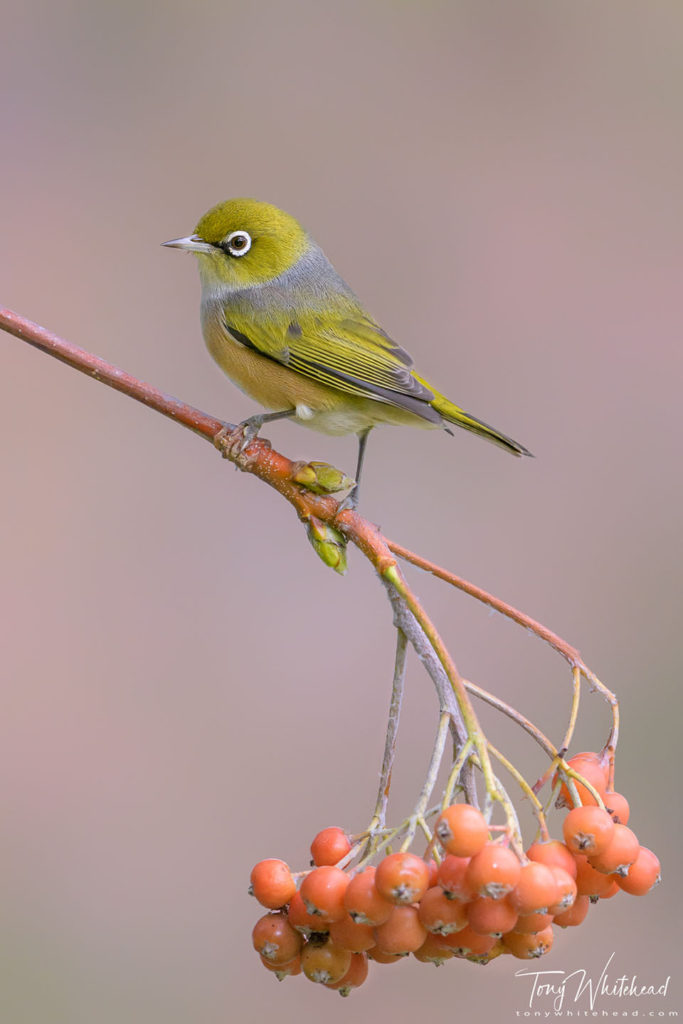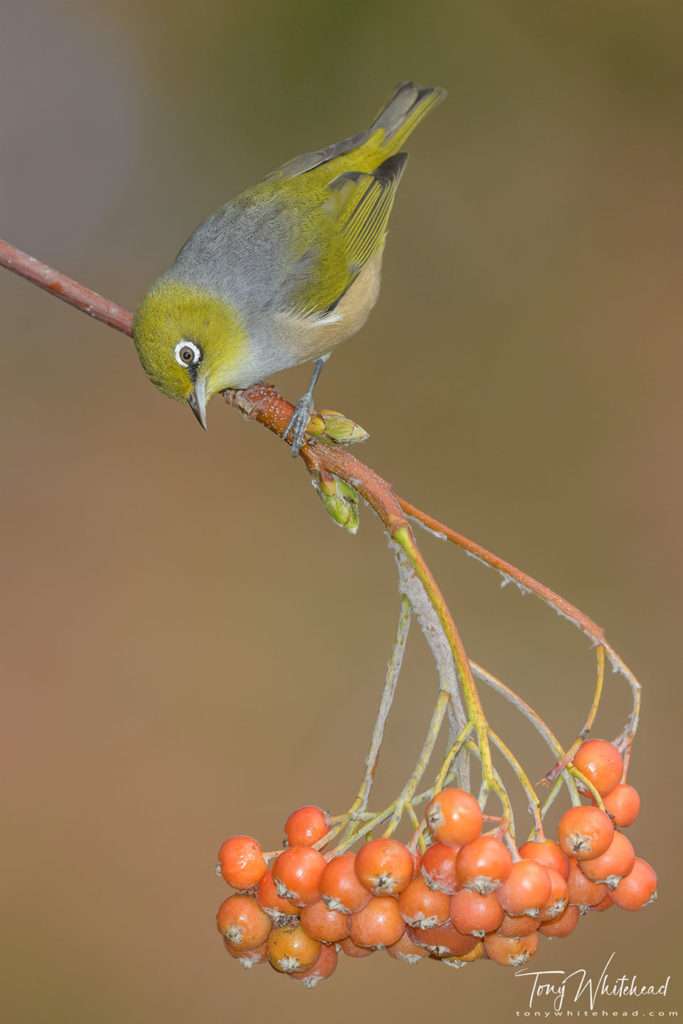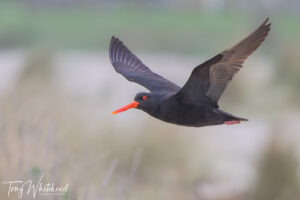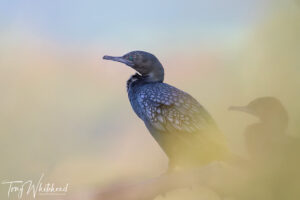
As always photography is all about the light. Not the amount but the quality. While low, warm morning or evening light is ideal for many images it is often brief. “Golden hour” can be misleading as it may not last nearly that long, often only a few minutes in the locations I use for bird images. My preference is for soft diffused light that wraps the subject and minimises hard shadows. The above photo is a good example of this type of light.
Flash is sometimes a necessary tool but comes with a cost. In the past with digital sensors with less dynamic range I would often use fill flash to reduce contrast ratios. This would often require a flash extended (Better Beamer) and external battery pack to maintain short recycling times. This significantly added weight and complexity. With modern sensors I find that I can manage contrast better in post production in most cases.
With my backyard bird hide set-up I am attracting birds into a shaded spot and because of the relatively close working distances have to keep the aperture stopped down to maintain adequate depth of field. I am using generally f8-f9 at ISO 1600 to keep a shutter speed of 1/250-1/500s so decided to try adding a little puff of on camera fill flash to see if this added anything useful.

Even with minus 3 stops of TTL fill flash this image looks too obviously flashed for my taste. There is a little more eye detail but the small hard central highlight is not as pleasing to me as the larger diffuse eye highlight in the first image. The whole image looks 2 dimensional with the first image showing a more rounded bird and berries.
There are times that flash is essential to record a useful image, especially in a deep forest. It can also be used very creatively to capture birds in flight after dusk. Personally I find that I use it less and less for birds. I still keep a collection of flashes and IR and wireless triggers but almost exclusively use these for very controlled lighting set-ups for human photography. That has prompted a thought though. Maybe I will try a multiple flash wireless triggered set-up in the garden similar to what is used for hummingbird photography. Or maybe not.
Photos with Nikon D850 and Nikon 500mm f4VR. Second image with Nikon SB900 flash with SD9 battery pack

